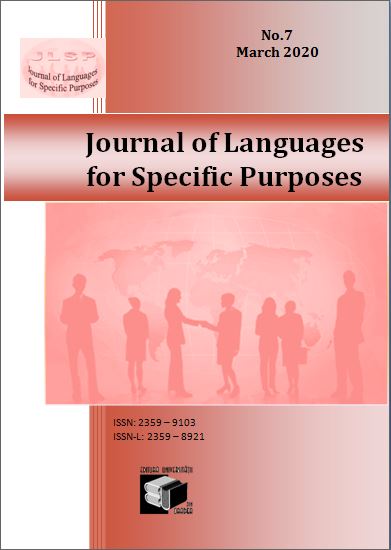What Do You Mean By Bretton Woods Agreement
A devastated Britain had little choice. Two world wars had destroyed the country`s main industries, which paid for the import of half of the country`s food and almost all its raw materials except coal. The British had no choice but to ask for help. It was not until the United States signed an agreement on December 6, 1945, to provide Britain with $4.4 billion in aid, that the British Parliament ratified the Bretton Woods Agreements (which happened later in December 1945). [24] Despite the disintegration, the Bretton Woods Summit and the Agreement are responsible for a number of particularly important aspects in the financial world. First of all, there is the creation of the IMF and the World Bank. These two institutions are still of crucial importance to the global economy today. The financial crises of US President Richard Nixon`s term led to the end of the Bretton Woods system. During these years, the amount of dollars held abroad exceeded the value of gold reserves held by the United States, Fort Knox and elsewhere. This undermined the premise of the deal, which was that the US could still get its dollars back with its gold equivalent. In 1944, as a result of the collective conventional wisdom of the time,[15] representatives of all major Bretton Woods-allied nations jointly favored a regulated system of fixed exchange rates indirectly disciplined by a US dollar peed to gold[16] – a system based on a regulated market economy with strict controls on the value of currencies. Speculative international funding flows have been contained by being rushed and limited by central banks.
This means that international investment flows were channelled to foreign direct investment (FDI), i.e. in the construction of factories abroad and not in the international manipulation of currencies or bond markets. Although national experts disagree to some extent on the specific implementation of this system, everyone agreed on the need for strict controls. The agreement created the World Bank and the International Monetary Fund (IMF), U.S.-backed organizations to oversee the new system. As chief international economist at the U.S. Treasury, Harry Dexter White drafted the U.S. plan for international access to liquidity in 1942-44, which rivaled Keynes` plan for the British Treasury. Overall, White`s plan tended to favor incentives to create price stability in global economies, while Keynes wanted a system that fostered economic growth.
.





